
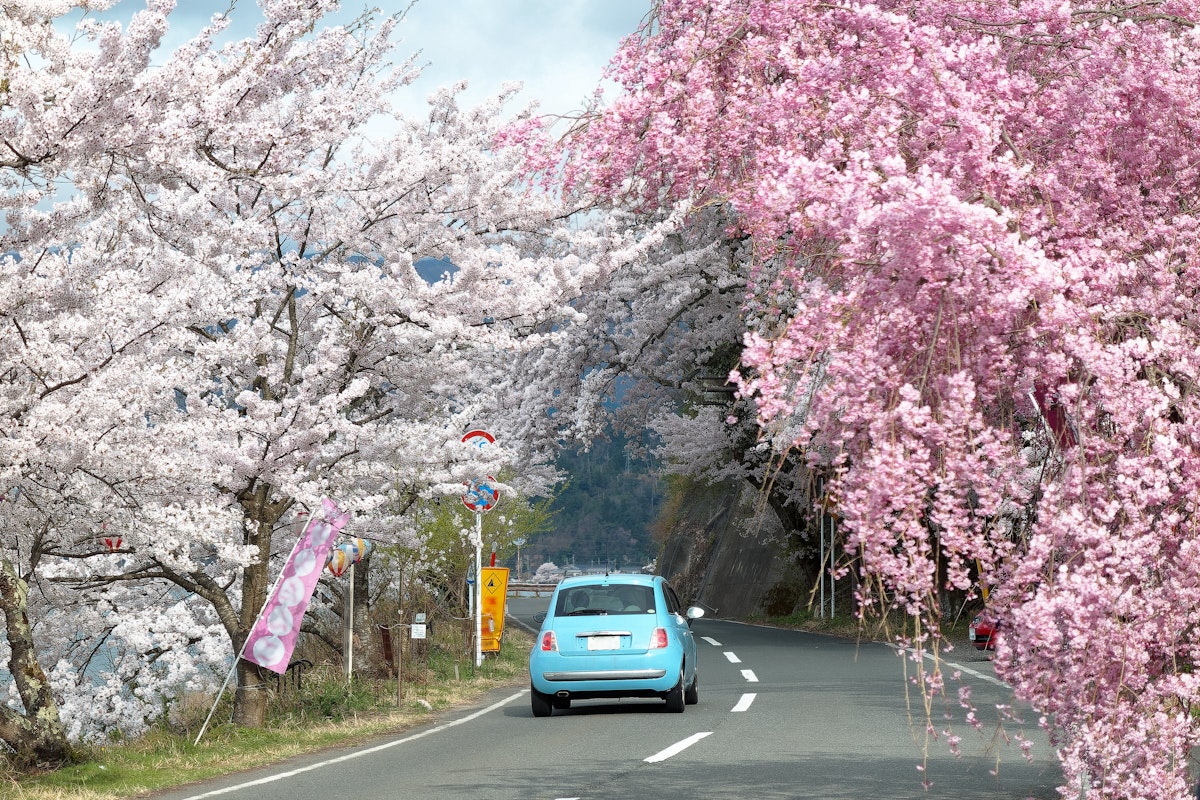
日本の春は、自然が目覚め、国土がピンクや白の桜の海に変身する魔法のような時期です。旅行者にとって、この季節の日本は、文化、息を呑むような風景、そして一生に一度の体験がユニークに融合しています。
3月下旬の桜の季節に訪れる場合でも、春休みを計画する場合でも、ゴールデンウィーク4月上旬に開催されるこのガイドは、日本で最高の春のツアーと体験を探索するのに役立ちます。
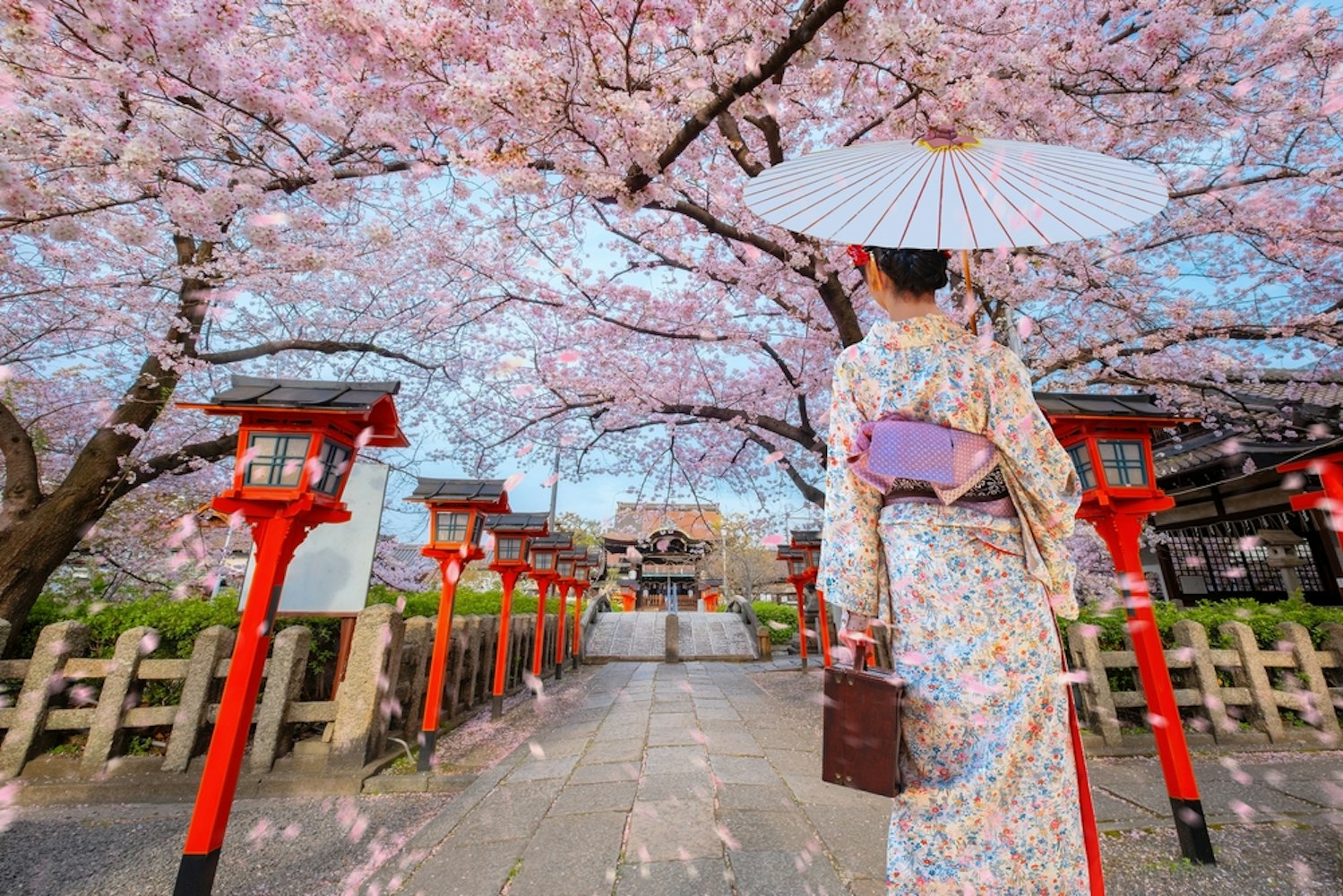
日本の春休みを象徴するアクティビティは、日本の伝統であるお花見です。3月中旬から4月上旬にかけて桜が咲くと、日本全国の公園は家族や友人、花の咲く木々の下でピクニックをする観光客で賑わいます。
花見の人気スポットは、以下の通りです。上野公園東京、京都の「賢者の道」、大阪の「大阪城公園」。最も魔法のような体験は、賑やかな都市から離れて花の咲く花を楽しむことができる、より田舎の地域を訪れることから来ることがよくあります。
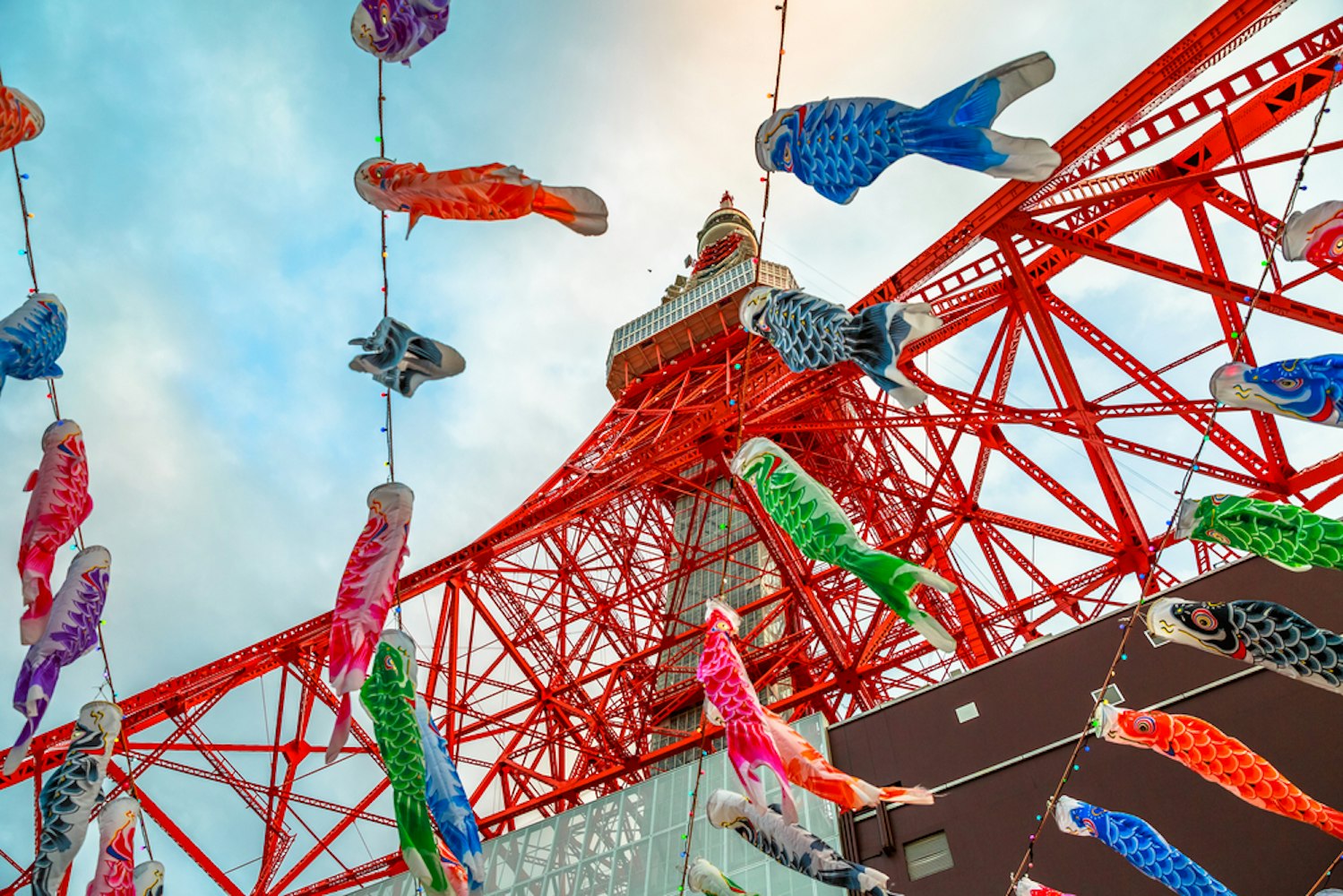
日本の春休みをゴールデンウィーク(通常は4月29日から5月5日)に合わせて計画しているなら、日本で最も活気のあるホリデーシーズンの1つに没頭することになります。ゴールデンウィークには、昭和の日、憲法記念日、みどりの日、こどもの日という4つの重要な祝日があります。
この時期は日本人労働者が多く、地元の人や観光客が日本の有名な観光スポットを探索するため、忙しい移動時間になります。一部のビジネスは閉鎖される可能性がありますが、東京の公園や寺院など、多くの観光地は京都、博多どんたくフェスティバルなどの特別なイベントが続いており、美しい春の季節の中で日本の活気に満ちた文化を体験するユニークな機会を提供しています。
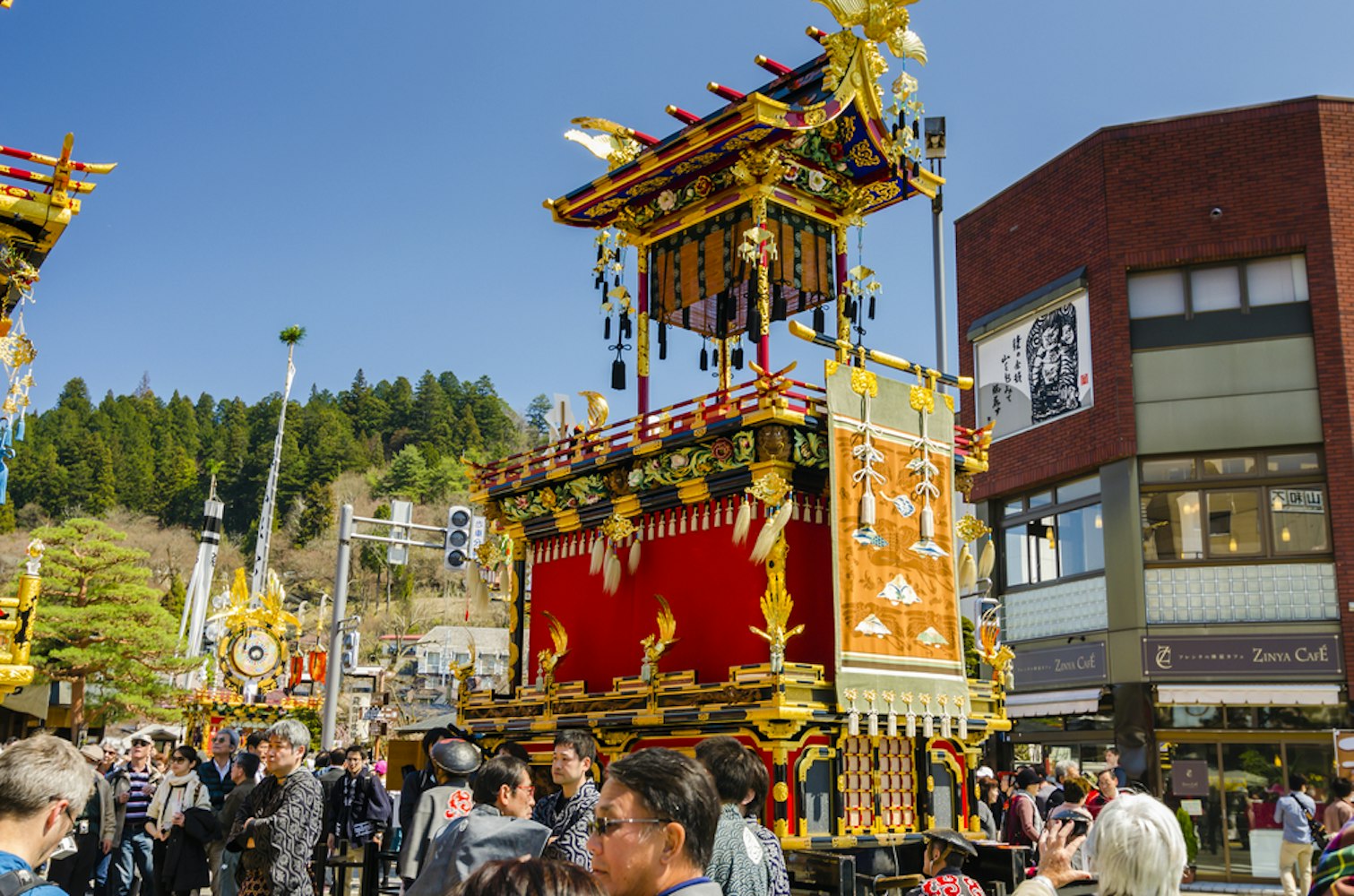
日本の春のシーズンは、その豊かな文化と遺産を祝う地元のお祭りで溢れています。毎年4月14日と15日に開催される高山春まつりは、日本でも有数の春の祭典です。
「山王祭」として知られ、ここで開催されます高山、岐阜県。12基の精巧な装飾が施された山車「屋台」は、重要文化財に指定され、ユネスコの無形文化遺産にも登録されています。
もう一つのハイライトは、鮮やかなピンクの苔(芝桜)が風景を覆い、富士山を背景に素晴らしい景色を作り出している富士芝桜まつりです。それはそれを国内でトップの花見体験の1つにしています。

田園地帯は、春に日本の自然の美しさを体験したい人にとって特別な環境を提供します。日本アルプス、のようなトレイルがあります上高地渓谷穂高サーキットでは、素晴らしい山の景色を眺めることができ、春には高山の花が咲き乱れることがよくあります。
これらのエリアは都市の観光スポットよりも混雑しておらず、特に熱心なハイカーにとって、静けさと自然との深いつながりを提供します。一方、北海道は色とりどりの花畑が広がっていることで有名で、特に富良野や美瑛では、チューリップやフロックスなどの花が咲き乱れる広大な畑を楽しむことができます。
春はこれらの田園風景を探索するのに理想的な時期であり、都会の中心部から離れて平和で絵のように美しい体験を提供します。

日本への旅行は毎回、その豊かな文化遺産を探索するもので、特に春には古代の寺院や神社で特別なイベントが開催されます。例えば、京都の東福寺は、1236年に設立された著名な禅寺で、春のイルミネーションにより、訪問者は静かな禅庭園を散歩し、並外れた雰囲気の中で日本の伝統文化を体験できます。
ユネスコの世界遺産に登録されている奈良の東大寺のような他の寺院では、世界最大のブロンズ仏像の1つである大仏堂のような象徴的な建造物を目の当たりにすることができます。これらの体験は、聖地を囲む季節の桜によって強化されることが多く、春にはさらに絵のように美しいものになります。
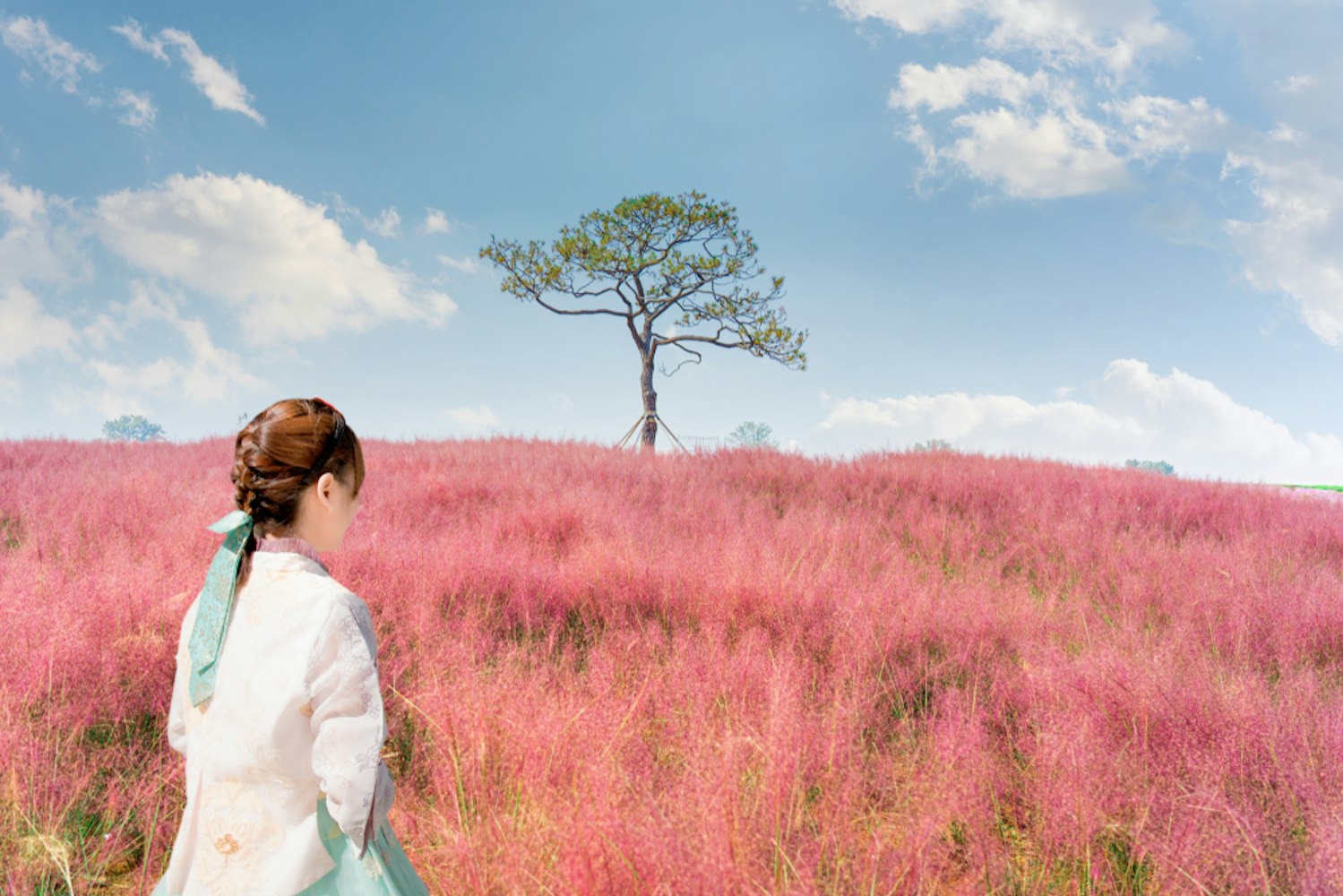
日本の春は例年2月下旬から5月上旬までで、桜3月下旬から4月上旬にかけてのハイライトです。この時期の天気は穏やかで、平均気温は地域によって異なりますが、10〜18°C(50〜65°F)の範囲です。
日本の学校は通常、4月に新年度が始まり、生徒の春休みは通常3月です。多くの家族にとって春休みと重なり、家族が全国を旅行すると活気ある雰囲気に気づくでしょう。
しかし、花粉症は、主に桜や杉などの花が咲く花粉の数が多いため、日本の春に一部の訪問者に共通の問題となる可能性があることに注意することも重要です。
計画桜の予報の周り:混雑に備える:春は、特にゴールデンウィークに日本を訪れるのに最も忙しい時期の1つです。京都、東京、大阪などの人気スポットは、非常に混雑することがあります。より静かな体験を好む場合は、農村部や金沢や金沢などのあまり知られていない目的地を訪れることを検討してください。奈良.
早めに予約する:春休みは日本の多くの忙しい祝日と重なるため、ホテルや交通機関はすぐにいっぱいになる可能性があります。宿泊施設やツアーは早めに予約して場所を確保するのが最善です、特に訪問がゴールデンウィークや桜のピークシーズンと一致する場合は。
天気のためのドレス:日本の春の天気は予測できないものです。一般的には穏やかですが、夜は肌寒くなることがあり、雨が降ることも珍しくありません。レイヤリングは不可欠です。突然の雨に備えて、傘やレインジャケットを必ず持参してください。
地元の文化を受け入れる:日本の春休みは、日本の伝統と触れ合う絶好の機会です。桜の季節に売られる旬のお菓子を楽しんだり、地元の春祭りに参加したりと、文化を体感する時間を持ちましょう。多くの寺院や庭園では春の特別なイベントが開催されているので、到着したら地元のリストをチェックしてください。
日本の春休みは、あなたが美しさを浴びているかどうかにかかわらず、忘れられない思い出を約束します桜、活気に満ちたフェスティバルに参加したり、田舎の静かな魅力を探索したりしてください。季節の移り変わりに気を配りながら計画を立てることで、日本での春休みは楽しく、文化的な洞察と息を呑むような自然の美しさに満ちています。
友人や家族と旅行する場合でも、一人で旅行する場合でも、春の日本は、インスピレーションと若返り、また訪れたいと願う目的地です。
日本で桜の見頃はいつですか?
桜の開花時期は、一般的に3月下旬から4月中旬ですが、正確な時期は地域によって異なります。九州のような南部の地域では開花が早く、北海道のような北部の地域では開花が遅く、多くの場合5月にかけて開花します。
春の日本旅行には何を持参すればいいですか?
軽くて快適なレイヤーを詰めます。春の天気は、特に夕方には穏やかなものから肌寒いものまでさまざまです。軽くて防水性のあるジャケットは時折雨が降るのに便利ですし、アレルギーを起こしやすい方は花粉症の薬を必ず持参してください。
春の旅行のために早めに宿泊施設を予約する必要がありますか?
春は桜やゴールデンウィーク(4月下旬〜5月上旬)など、旅行のピークシーズンです。特に東京や京都などの人気スポットを訪れる予定がある場合は、早めに宿泊施設を予約するのが最善です。
桜の季節に人混みを避けるにはどうすればいいですか?
混雑を避けるために、あまり知られていない桜のスポットを訪れるか、4月中旬から5月上旬にかけて八重桜のような遅咲きの品種を見ることを計画してください。より平和な体験をしたいなら、岩手県の北上天松地公園や青森県の弘前城などの農村地域を検討してみてはいかがでしょうか。
日本の春に食べたい伝統食にはどのようなものがありますか?
春には、桜の味覚のスイーツやドリンク、桜のピクニックにぴったりの花見弁当、タケノコやオタマダなどの新鮮な春野菜など、季節の楽しみがあります。この時期には、桜入りの日本酒やいちごのおやつを利用してください。



